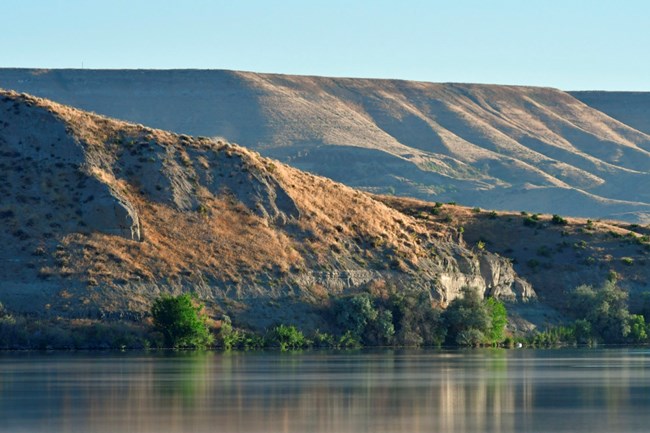
NPS Photo / John Chao
Overview
The predominant naturally-occurring vegetation on the Hagerman Fossil Beds National Monument is composed of the sagebrush steppe plant communities once common to much of the intermountain region of southern Idaho. These shrub steppe communities include a dominant shrub, often sagebrush, interspersed with open, sparsely vegetated areas of grasses and forbs. The steep slopes of the Monument’s bluffs west of the Snake River provide an environment that contributes to the diversity of plant species. In addition, a riparian zone and localized wetlands occur along the Reservoir.The Hagerman Fossil Beds National Monument Vegetation Inventory Project delivers many geospatial and vegetation data products, including an in-depth project report discussing methods and results, which include descriptions to vegetation associations, field keys to vegetation associations, map classification, and map-class descriptions. The suite of products also includes a database of vegetation plots, and accuracy assessment (AA) sites; digital images of field sites; digital aerial imagery; digital maps; a contingency table listing AA results; and a geodatabase of vegetation, field sites (vegetation plots, and AA sites), aerial imagery, project boundary, and metadata.
Products
The products of vegetation mapping projects are stored and managed in the National Park Service's Data Store, a repository for documents and publications relating to park resources. From the highlighted items below, click on the type of information you are looking for.
Last updated: October 11, 2018
